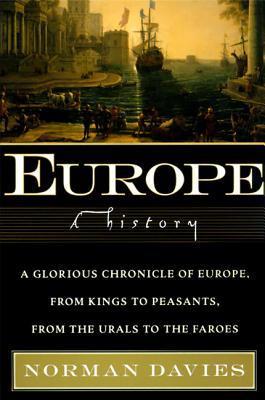What do you think?
Rate this book


1392 pages, Paperback
First published October 10, 1996
Can one narrate time‚Äîtime as such, in and of itself? Most certainly not, what a foolish undertaking that would be. The story would go: ‚ÄúTime passed, ran on, flowed in a mighty stream,‚Ä� and on and on in the same vein. No one with any common sense could call that a narrative.
—Thomas Mann, The Magic Mountain